 I’d like to introduce you to one of my family’s favorite vegetables. It’s called kohlrabi (“coal-rah-bee”). You may have seen this vegetable at your local grocery store, looking like a misshapen UFO. You have likely overlooked it, not knowing what it was or what to do with it. Kohlrabi is a cruciferous vegetable, just like broccoli, cabbage, kale and Brussels sprouts. Like these other vegetables, it grows above ground where part of the stem of the plant swells into a ball close to the soil. Leaves sprout from this ball. Kohlrabi comes in three different colors: white, light green, and purple. The inner flesh is white in all varieties. What does a kohlrabi taste like? Smaller kohlrabi globes are sweet and juicy like apples. The larger ones are more fibrous and must be peeled before you can enjoy them. While a kohlrabi globe can be stored in the refrigerator for 2-3 weeks (in a container), you need to use the greens and stems (yes, they are edible) as soon as possible. Note: not all kohlrabi is sold with their greens. How do you eat kohlrabi?
How nutritious is kohlrabi?Kohlrabi is a nutrient-packed vegetable that has only 48 calories in one cup (sliced and cooked). It is low in sodium and is a good source of dietary fiber, vitamin B6, potassium, copper, manganese, and is an excellent source of vitamin C (1). Studies show that cruciferous vegetables play a key role in cancer-fighting (2), among other health claims. Even though kohlrabi can usually be found year-round, you might not find it in your local grocery store. Request it in the produce section of your grocery store to see if they will order it for you. You can often find it in a natural food market or at an Asian grocery store. It is also more likely to be found in the winter and spring. It is very easy to grow and can be grown even during the winter months in the Pacific NW. I encourage you to try this delicious vegetable - it may become a new family favorite! Shredded Kohlrabi with Greens and PeppersDirections:
Note: If the kohlrabi does not have greens, buy about five ounces of greens (spinach, kale, Swiss chard, etc.) This dish freezes well. Nutrition per serving (1/6th of recipe - no salt added): 74 Calories; 5g Fat; 2g Protein; 7g Carbohydrates; 3g Fiber; 32mg Sodium All-Purpose Seasoning
Directions:
~Guest Post by Bastyr University Masters of Nutrition Student Nancy Miller Resources:
1. http://nutritiondata.self.com/facts/vegetables-and-vegetable-products/2467/2 2. https://www.ncbi.nlm.nih.gov/pubmed/15035868
1 Comment
You can find this root vegetable in most grocery stores from September through May (and some have it year-round). It ranges in size from the size of a baseball to much larger. Look for smaller ones, which are less fibrous. The flavor is different from celery, though similar. The texture is also different from that of celery.
Adding celeriac to your vegetable rotation will add essential vitamins and minerals that you may be missing in your diet that are needed for the proper functioning of your body. Eating a wide variety of fruits and vegetables each day is crucial in order to get an assorted range of nutrients. A pill isn’t the same. Try the delicious celeriac recipes below to add a new vegetable to your meal planning! Note: You can usually ask an employee in the produce section to cut the celeriac in half, if needed, before buying it. And only take half, if you feel it is too large. Celeriac SlawMakes 4 Servings Recipe adapted from http://www.bbcgoodfood.com/recipes/5136/celeriac-coleslaw and the Joy of Cooking Ingredients:
Directions:
Celeriac and Pear PuréeMakes 4 (2/3 cup) Servings Recipe adapted from http://www.eatingwell.com/recipes/puree_of_celeriac_with_pears.html Directions:
~Nancy Miller, MS, RDN Resources:
1. http://nutritiondata.self.com/facts/vegetables-and-vegetable-products/2394/2 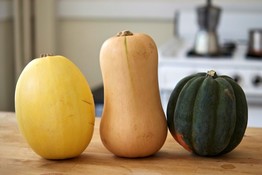 Happy Fall, everyone! Over the past few weeks, have you noticed that the produce section of the grocery store has exploded with new seasonal favorites? The bins, once filled with peaches and nectarines, are now heaping with different apple varieties and pears. And among the veggies – spaghetti, butternut and acorn squash! Just thinking about warm spiced fruit and savory seasoned squash calls for a big "YUM"! While many people may be comfortable baking an apple pie or preparing spiced pears, the task of cooking winter squash might seem a bit more challenging. If preparing a two-pound funny-shaped gourd isn’t one of your specialties, I hope you’ll consider giving it a shot! If cutting through the tough outer rind scares you, you can microwave the squash a little first to make it easier to work with. Just remember to poke a few holes with a fork first to allow steam to release while cooking. Winter squash can be prepared in a variety of ways:
Winter squash varieties can be cooked up into warm tasty dishes that beat the chill in the air. They will also fill you up quite well. Winter squash is a great source of complex carbs and fiber. This means you will digest it more slowly and stay full longer, even though it is fairly low in calories (on average, 1 cup = 80 calories). Another star quality of these versatile gourds is their high vitamin A content. Those rich deep orange and yellow hues means the squash is packed with vitamin A, which helps keep eyes and skin healthy.
So give winter squash a shot this Fall! And don’t forget about the seeds inside. They bake up just as tasty as pumpkin seeds with a little olive oil and salt. Wishing you happy, healthy eating! ~ Holly, RDN Sources: University of Illinois Extension: http://extension.illinois.edu/veggies/wsquash.cfm Cooking Light – Guide to Winter Squash: http://www.cookinglight.com/food/in-season/in-season-winter-squash |
SD BlogA place for our consultant Registered Dietitian Nutritionists (RDNs) to share nutrition science, yummy and healthy recipes, tips on seasonal ingredients, and other nutritional musings. Enjoy! Categories
All
Archives
February 2024
|


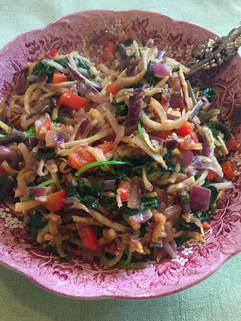

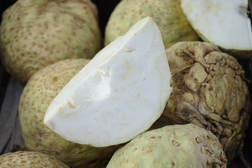

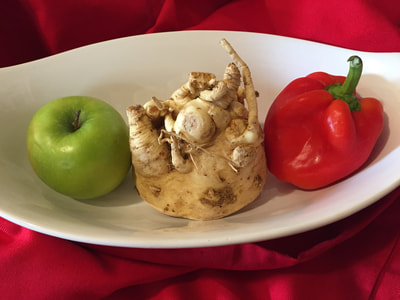
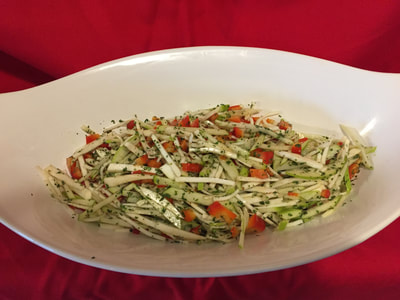
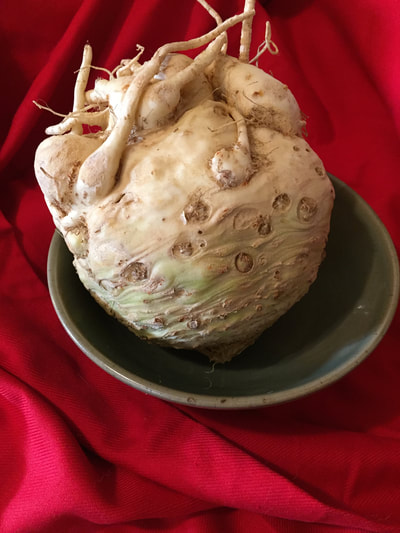
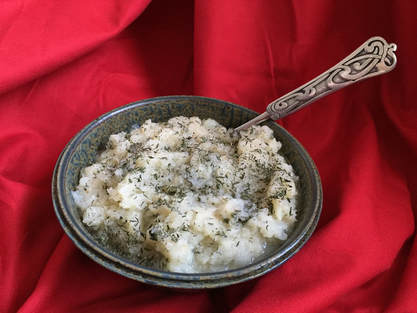
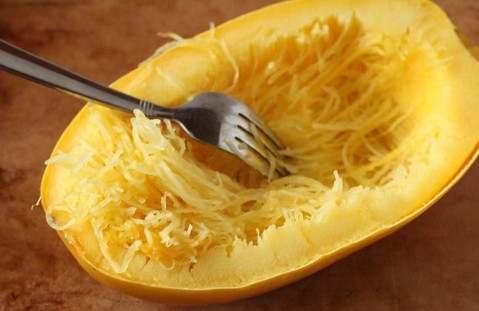


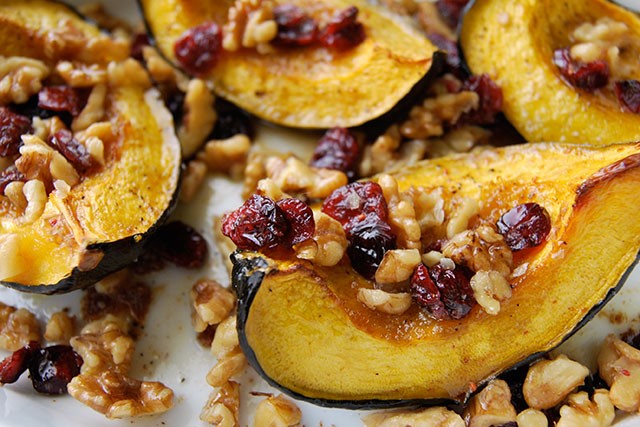

 RSS Feed
RSS Feed